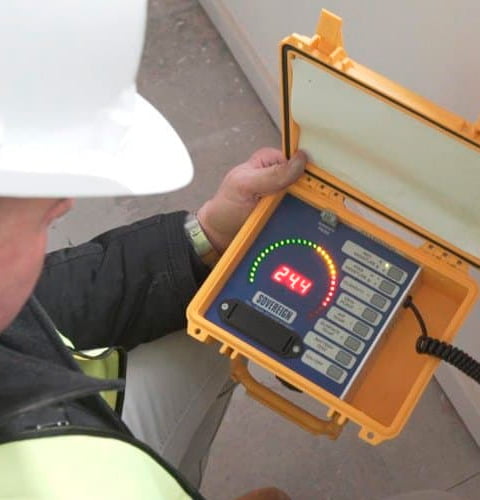 What is rising damp?
What is rising damp?
Rising damp is groundwater that has been absorbed by porous building materials such as brick or mortar. Many people do not realise that water can travel upwards through a building, but if you imagine the bricks acting as a sponge sitting in a shallow pool of water, it’s easy to see how this happens.
What causes rising damp?
Building regulations have required all houses built since 1875 to have a damp proof course (DPC) built into the walls. A DPC is a layer of water-resistant materials which block water from spreading upwards, originally made from a mix of hard stones such as slate or flint, while modern homes use layers of PVC plastic. A failed or – in very old buildings – missing DPC allows rising damp to spread up above the habitable level.
Buildings in areas with a high groundwater level and are more likely to have problems with rising damp, and the more porous its materials, the more water will be absorbed.
Section 20 procedures provide transparency to the tender process so that leaseholders can be sure that they are being fairly charged for any qualifying works and that the chosen contractors are likely to complete the works to a high standard.
There is a strict, three-stage procedure which your landlords must follow. Failure to comply with any stage of the procedure will make them unable to charge more than £250 for one-off works or £100 a year for long term agreements.
Where Section 20 cases have been taken to the First Tier Tribunal, they have interpreted the legislation to the letter – there is no negotiation, and landlords cannot claim they were unfamiliar with the legislation as an excuse.
How to spot rising damp
Like all forms of damp, rising damp is most easily spotted by discolouration of the affected walls.
The difference with rising damp is that the discolouration will start at the floor and have a clear stopping point where the water reached as far as it could. Often, this point has a white, powdery line along it formed by salts carried up from the ground and building materials, called a “tide mark”.
These salts – known as hygroscopic salts – cause problems of their own. They constantly absorb water, causing your walls to become damp not just from the ground but from moisture in the air around them being absorbed as well.
Other signs are peeling paint, crumbling, soft-to-the-touch plaster and mould. Skirting boards becoming damp or peeling off the walls are another common symptom, and, in extreme cases, there may be a layer of standing water on the ground.
Click here to find out more about our damp proofing services




 What is rising damp?
What is rising damp?
